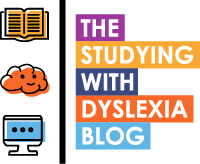Autistic girls often mask their differences, leading to missed diagnoses and misunderstood behaviours.
Read moreStreet Address
Cambridge, England,
Phone Number
Information and Inspiration For The Supporters Of Dyslexic Learners
Your Custom Text Here
